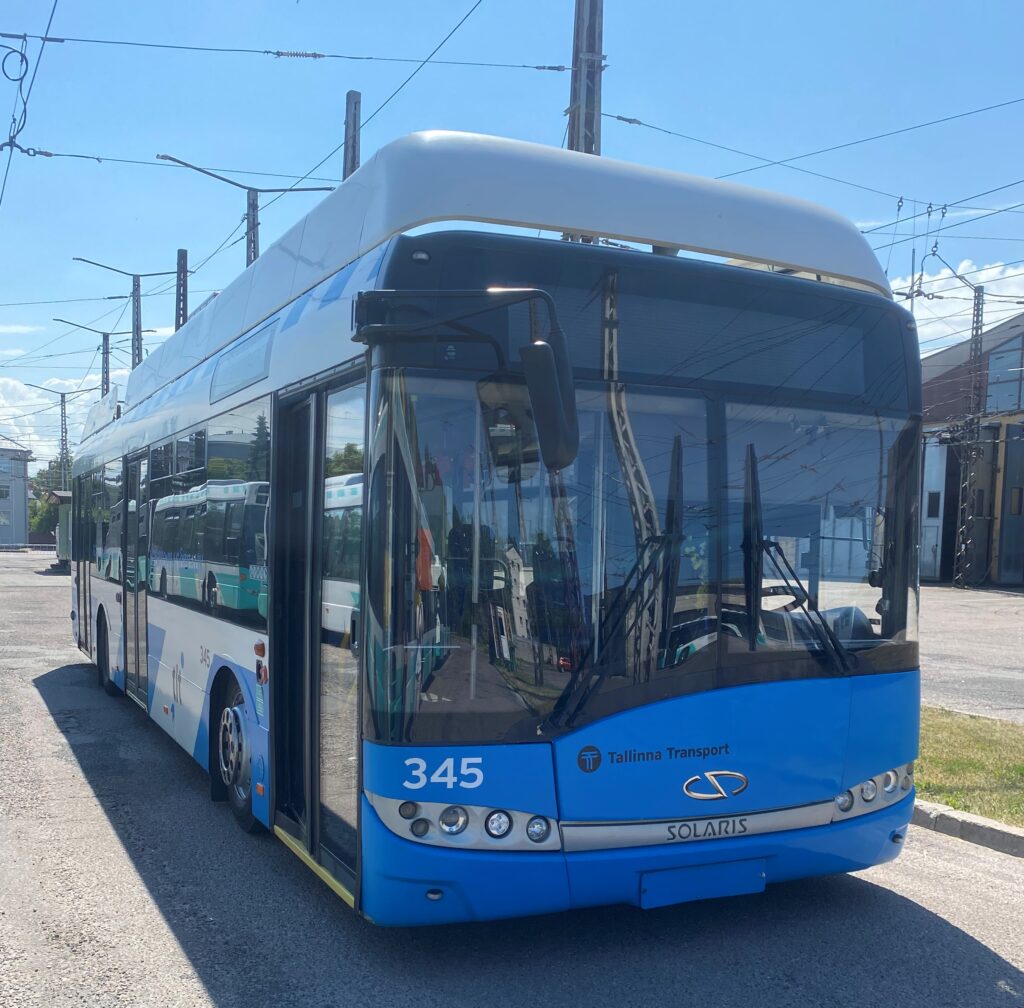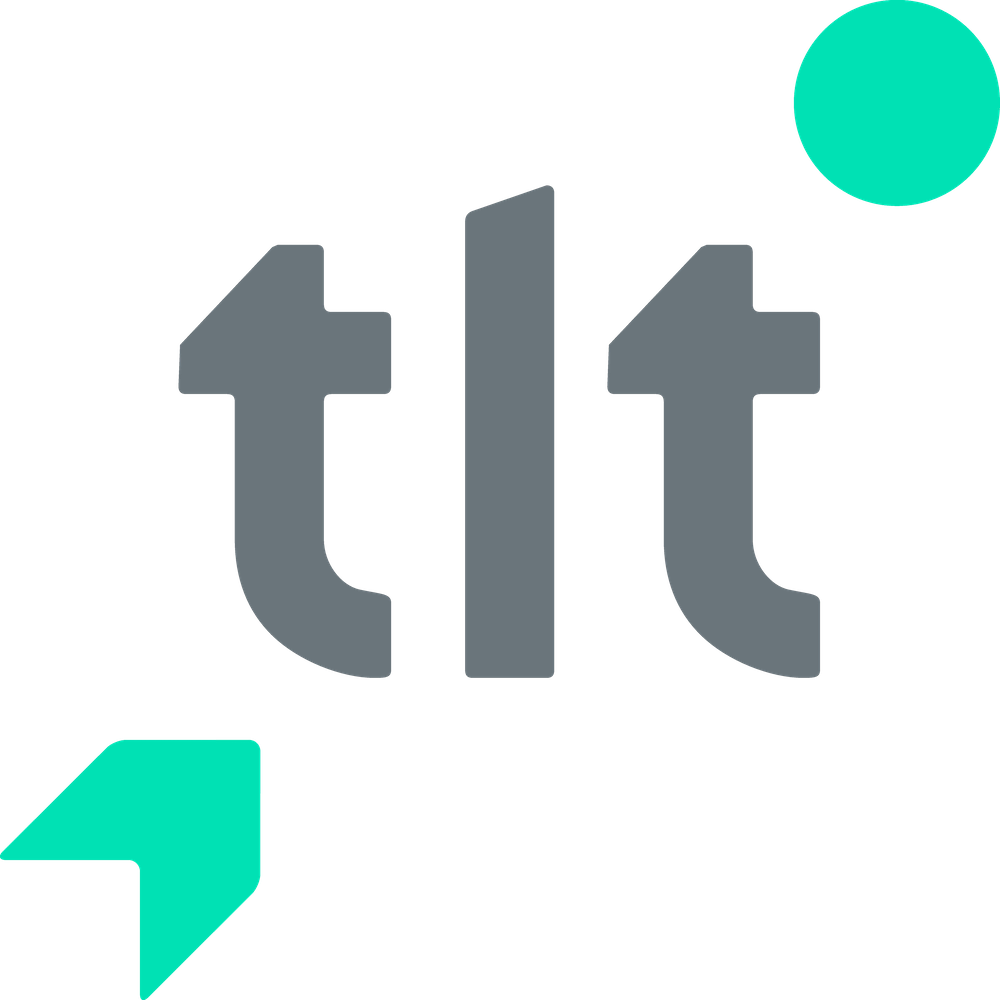Tallinn trolleybuses, which have been on the route for 56 years, will become partially autonomous

Trolleybuses have been running in Tallinn city traffic for 56 years already – to celebrate this and to modernize trolleybuses; the Public Limited Company Tallinna Linnatransport is converting two trolleybuses into autonomous trolleys, i.e., trolleybuses will partially lose their horns. It is planned to bring two-hybrid trolleybuses to the line this autumn.
“Trolleybuses have been a good alternative to diesel vehicles in Tallinn for half a century, making public transport in the capital more environmentally friendly. At a time when the car industry has developed rapidly and, in addition to environmentally friendly compressed gas buses, we are already testing electric buses, it is time to renew the trolleybuses involved in traffic, “said Deniss Boroditš, Chairman of the Board of TLT.
He explained that since the Solaris Trollino trolleys, which reached the routes in 2009 and 2010, were still fully reliable but somewhat below the infrastructure and network needs, the company decided that these vehicles could be converted into autonomous trolleybuses, giving the trolleybuses extra years to operate and to carry passengers.
“The autonomous trolleybuses will run on electricity and battery, i.e., the existing Solaris Trollino 12 and Solaris Trollino 18 trolleybuses will partially lose their horns when driving in city traffic. This will allow us to extend the trolleybus line network,” Boroditš described.
He added that such technology could increase the mobility of trolleybuses. “At the moment, we can see that if there is a power line failure, the trolleybuses will stop and cause congestion. However, an autonomous trolleybus can escape this situation and stay on the line,” said the Chairman of the Board of TLT.
As part of a project to upgrade autonomous trolleybuses, TLT has launched a call for tenders to find a suitable partner to develop the autonomous trolleybuses system. “It is necessary to rebuild the trolleybuses as well as to develop the infrastructure system of the trolleybuses so that the trolleybus would be able to travel with the help of both horns and energy charged in the battery,” said Boroditš.
Boroditš added that while so far everyone has talked about the possibility of extending tram lines to Laagna Road, now it can be said that thanks to autonomous trolleybuses, new trolleybus lines may also emerge. “The batteries of autonomous trolleybuses must be able to continue the journey for a couple of dozen kilometers, which allows them to travel from the end of today’s trolleybus line to Laagna Road and back. This is the mobility, which is currently highly valued in the world,” explained Boroditš
In addition, the interior and appearance of the two trolleybuses will first be renewed to ensure a more comfortable service for passengers.
“The interior of the autonomous trolleybuses next to the nature buses running in traffic today will be inspired by the sea. In addition, since the trolleybuses do not have air conditioning, which would ensure better travel conditions in hot summer weather, it will also be added,” Boroditš illustrated.
The goal is for the renewed trolleybuses to reach the route in the autumn of this year – presumably in October-November.

